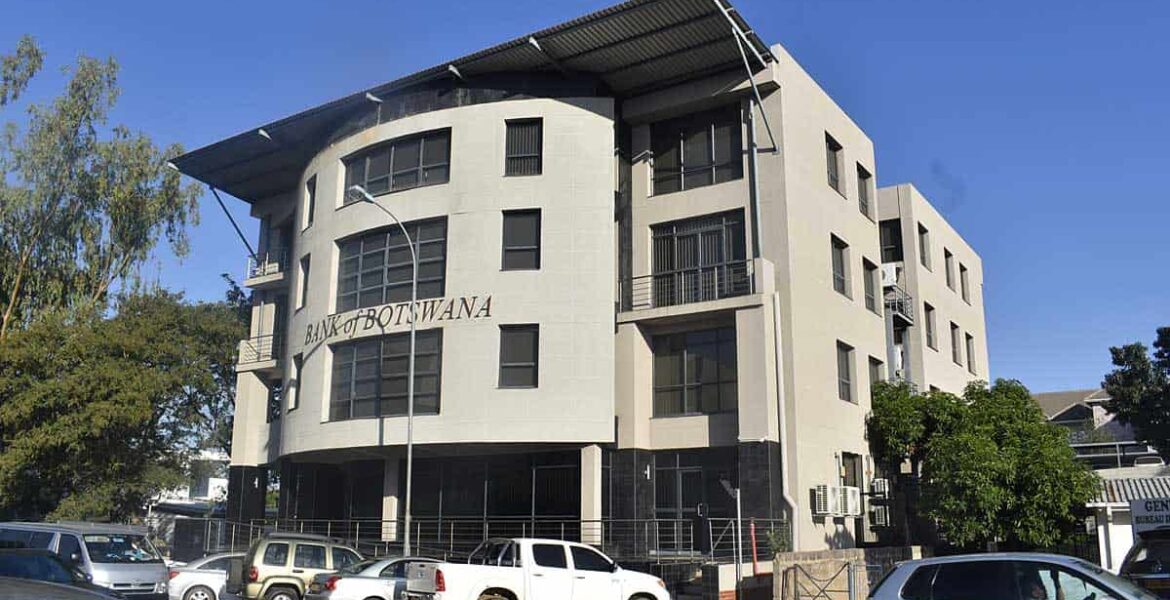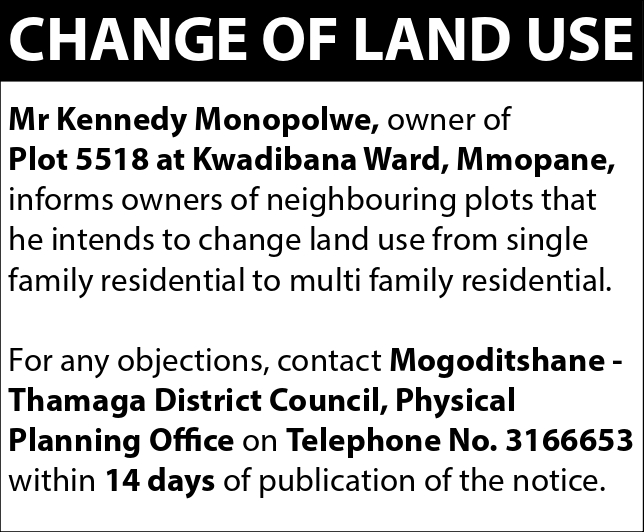- The relatively higher growth rate of household credit due to base effects and an improvement in credit conditions
- Proportion of unsecured loans to total credit higher than what is reported in SA and Namibia.
- Level of unsecured loans and advances has potential to cause household financial distress
GAZETTE REPORTER
As at September 2021, household credit to commercial banks in Botswana increased to P44.8 billion from P41.3 billion in September 2020, The Botswana Gazette has established.
According to a report released by Bank of Botswana (BoB) this month, this happened on the back of a significant increase of an 11 percent in personal loans.
Titled Financial Stability Report (FSR) of October 2021, the report was prepared by BoB in collaboration with the Ministry of Finance and Economic Development (MFED), the Non-Bank Financial Institutions Regulatory Authority (NBFIRA), the Financial Intelligence Agency (FIA) and the Botswana Stock Exchange Limited (BSEL).
It was approved for publication by the Financial Stability Council (FSC), a multi-agency body launched in 2019 to collaborate and exchange information on financial stability issues affecting Botswana’s financial system.
According to the report, the relatively higher growth rate of household credit was due to base effects and an improvement in credit conditions in both supply and demand. “Credit to households continued to dominate total commercial bank credit, at P44.8 billion (65.4 percent) in September 2021 and was mostly concentrated in unsecured lending (72.5 percent),” reads the report.
“The proportion of unsecured loans to total credit remains higher than the 24.4 percent and 30.8 percent reported in South Africa and Namibia, respectively. The significant share of unsecured loans and advances has the potential to cause household financial distress, given the inherently expensive and short-term nature of such credit. Therefore, households remain vulnerable to sudden and sharp tightening of financial conditions.”
The FSR states that household debt as a proportion of household income is estimated 37.5 percent in the third quarter of 2021, a decrease from the 47 percent in the same period in 2020. “The ratio remains relatively low when compared to the 79.9 percent and 75 percent for Namibia and South Africa, respectively,” the report says.
“In this respect, domestic household borrowing is in line with trends in personal incomes, implying a relatively strong debt servicing capacity. Consequently, the ratio of household NPLs to total household credit was modest at 3.5 percent in June 2021, slightly lower than the 3.9 percent in June 2020 and significantly better than the industry average of 4.1 percent in June 2021.”
Moreover, the FSR shows that households are net savers when their non-discretionary contractual pension savings are included. “Although pension assets may not immediately alleviate short-term cash flow constraints or meet immediate financial needs, such assets may improve the long-term financial welfare of households and, in general, underpin wealth creation and financial security for retirees,” it says.
“Other household assets, which could increase the household net wealth, such as rental income, commercial farmland and retail shareholding at the Botswana Stock Exchange (BSE) are not accounted for because of data limitations.”
The report notes that local commercial bank credit increased by 7.4 percent annually in September 2021, higher than the 4.4 percent growth in the corresponding period in 2020. “The acceleration in commercial bank credit growth was largely due to the higher growth in household credit over the review period,” says the report.
“In addition, credit growth has been trending upwards since the end of the first quarter, partly reflecting base effects associated with the fall in credit in the previous year, and an improvement in demand for and supply of credit.”




